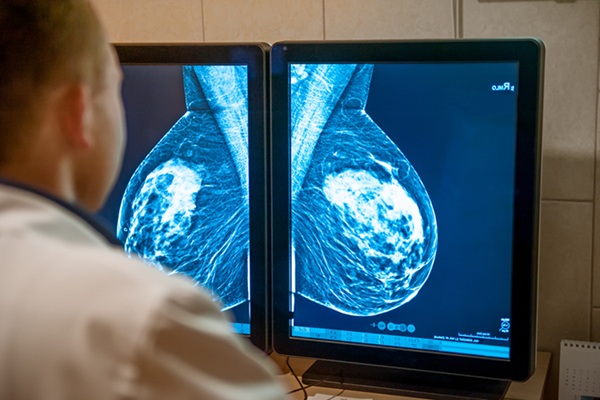CCTA Preferred Diagnostic Option for Stable Angina
By MedImaging International staff writers
Posted on 01 Mar 2016
A new analysis concludes that that coronary computed tomography angiography (CCTA) should have a greater role in the diagnostic pathway of patients with stable chest pain.Posted on 01 Mar 2016
Researchers at Duke University (Durham, NC, USA) and the University of Edinburgh (United Kingdom) review data generated from the Scottish COmputed Tomography of the HEART (SCOT-HEART) and the PROspective Multicenter Imaging Study for Evaluation of chest pain (PROMISE) trials so as to better inform practicing clinicians on the selection of noninvasive testing for stable chest pain.
The results of the SCOT-HEART trial, which included 4,146 patients with stable chest pain and usual care at a single center, favored a combination of exercise treadmill testing followed by CCTA as a first-line diagnostic strategy to enhance certainty, with a trend toward reducing cardiac events over treadmill tests alone. The trial relied on diagnostic thinking to attribute symptoms to coronary disease, which showed an increase in the CCTA group. The study also found that the overall rate of all-cause death and nonfatal myocardial infarction (MI) was 2.3% at 20 months with the CCTA group, which was lower than the usual care group.
The larger multicenter PROMISE trial, which assigned 10,003 symptomatic, stable outpatients to CCTA or functional stress testing, found that the overall rate of all-cause death and nonfatal MI was similar: 2.2% at 25 months. The frequency of cardiac catheterization showing no obstructive disease was significantly lower in CCTA (3.2%) than with functional stress testing (6.2%); radiation doses were also significantly lower. In both studies, CCTA was associated with increased use of percutaneous coronary intervention (PCI) and coronary artery bypass surgery (CABG). The studies review was published in the February 2016 issue of the Journal of the American College of Cardiology (JACC).
“The radiation dose advantage with CCTA is particularly intriguing, because more CCTA patients received cardiac catheterization,” concluded lead author Christopher Fordyce, MD, MSc, of the Duke Clinical Research Institute, and colleagues. “CCTA holds several benefits when used for initial patient workup, especially when performed in parallel with electrocardiogram exercise treadmill testing. In patients lacking contraindications to specific exams, clinicians should consider both functional and anatomic imaging.”
Adopting the recommendations would require re-evaluation of current US guidelines, which recommend treadmill testing as the first test, with CCTA reserved for patients who cannot undergo stress testing. In a highly radiosensitive population, or when valvular, pericardial, or congenital abnormalities are suspected, the researchers suggest that stress echocardiography or cardiac magnetic resonance imaging (MRI) might be preferred. Finally, exercise treadmill testing alone might be enough in a radiosensitive population or to cut costs in a very low-risk population.
Related Links:
Duke University
University of Edinburgh














